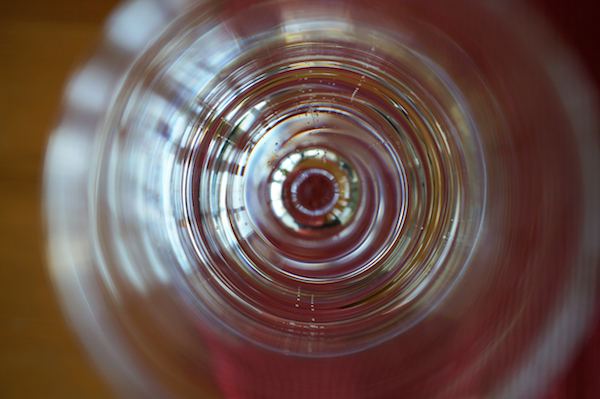
[Image above] Credit: Rosmarie Voegtli; Flickr CC BY 2.0
Metal-organic frameworks (MOFs) are interesting materials—they’re cagey crystalline configurations of metal molecules linked by organic molecules. Beyond the unusual pairing, the many MOF varieties have incredible surface area, more than other porous materials like zeolites.
This porosity provides MOFs with a lot of promise for potential applications. MOFs can selectively absorb and store molecules based on size and chemical makeup—and you can do a lot with materials that have porosity and specificity.
These properties have made MOFs promising for storage of fuel, capture of carbon dioxide, and reaction catalysis, among other uses.
The problem so far with MOFs, however, has been manufacturing usable forms of them—thin films, for example—from powders. MOFs have less robust thermal and mechanical properties than ceramics, so MOF powders don’t hold up well during sintering, melt-casting, and other processing techniques to adapt them into usable forms.
But not for long. Researchers at the University of Cambridge (U.K), University of Oxford (U.K), Aalborg University (Denmark), Wuhan University of Technology (China), National Institute for Materials Science (Ibaraki, Japan), Aberystwyth University (U.K), and Ruhr-Universitat Bochum (Germany) have figured out how to form MOFs into glasses through careful techniques to prevent the materials’ degradation during processing.
“Traditional methods used in melt-casting of metals or sintering of ceramics cause the structural collapse of MOFs due to the structures thermally degrading at low temperatures,” lead author Thomas Bennett, a research fellow in the Department of Materials Science and Metallurgy at the University of Cambridge, says in a Cambridge news article. “Through exploring the interface between melting, recrystallization, and thermal decomposition, we now should be able to manufacture a variety of shapes and structures that were previously impossible, making applications for MOFs more industrially relevant.”
Using synchrotron X-rays to analyze the materials, the worldwide research team “discovered that careful MOF selection and heating under argon appears to raise their decomposition temperature just enough to allow melting, rather than the powders breaking down,” according to the article.
In addition to having the ability to form the molten MOFs into usable solids, the team also found that quickly cooling the MOFs created altogether new materials.
Author Yuanzheng Yue, professor at Aalborg University, adds: “A second facet to the work is in the glasses themselves, which appear distinct from existing categories. The formation of glasses that contain highly interchangeable metal and organic components, in is highly unusual, as they are normally either purely organic, for example in solar cell conducting polymers, or entirely inorganic, such as oxide or metallic glasses. Understanding the mechanism of hybrid glass formation will also greatly contribute to our knowledge of glass formers in general.”
[Speaking of metallic glasses, another interesting material, researchers recently discovered that they are not amorphous, as was previously believed—metallic glasses actually contain order in atomic fractals.]
Understanding how the materials behave opens up future possibilities for custom-designing MOFs to produce different types of glasses tailored for individual applications.
The open-access paper, published in Nature Communications, is “Hybrid glasses from strong and fragile metal-organic framework liquids” (DOI: 10.1038/ncomms9079).
